After oil, coffee is the most traded commodity on the stock market! So, it isn’t surprising that prices can vary wildly! But exactly what factors influence the price of the coffee you buy?
Coffee Plant Variety
You are probably familiar with the terms Arabica and Robusta, as they are the two main coffee plant varieties grown around the world. As a general rule, Arabica is higher in quality, and is therefore more expensive than Robusta. One of the reasons for this is that the Arabica plant is finicky and doesn’t grow in just any climate, whereas Robusta can thrive in more varied environmental conditions.
Many bags of coffee at the grocery store, or from your local retailer, contain a blend of several different types of beans. The balance between them is what creates the delicious flavours in your mug. In a blend, Arabica usually provides the flavour and Robusta gives it its body. Evidently, if you want a bag of 100% Arabica beans, you have to be willing to pay for it.
Bean and Terroir Quality
The basic principle of any product: the higher the quality, the more it costs. This applies to coffee much the same way as it does to wine. The soil quality of a coffee plantation has a major impact on the flavour profile of the finished product. And, as with wine, there exists an unlimited variety of terroirs.
So, for example: coffee from a plant that grows on volcanic soil, which is extremely rich in nutrients and minerals, and that is sheltered from wind and rain, such as the Hawaiian Kona coffee plant, will be more expensive than coffee from a Robusta plant that grow en masse on the plains of India.
The way beans are harvested and processed also matters. Were they hand-picked or mechanically harvested? Were they processed by washing, drying, or by the honey process? These factors are also crucial in determining the price of the coffee.
Bean Size
All beans harvested around the world are sorted by size. Once dried and processed, beans are filtered through a screen and classified by size. The larger the bean, the better the rating. Why? Simply because larger beans produce better coffee.
Coffee beans are rated on a scale of eight to twenty, with twenty being the largest and best. This number represents the hole width used in the screen. Fun fact: even ratings are for arabica beans, and odd ones are for Robusta. The largest coffee beans (sixteen or eighteens) are often given the AA grades of Superior or Supremo. But beware of the biggest beans, the enormous twenty-sized beans produced in Africa and India are so large that they often break during processing and roasting. Needless to say, a broken bean is not a high-quality bean.
The Rareness Factor
Remember the famous Kona bean mentioned above that costs a fortune? Not only is it delicious, it’s also very rare. The Kona region is just one part of the Big Island (the main island of the Hawaiian archipelago) which is only about one hundred kilometers square.
Once again, a basic economic principle applies here: supply and demand. If your coffee is delicious and rare, its price can be astronomical!
Of course, prices may also fluctuate due to poor crops caused by natural disasters, an economic crisis in the country of production, or likewise. Climate change is also worrisome to coffee producers, as inclement weather could repeatedly ruin their crops.

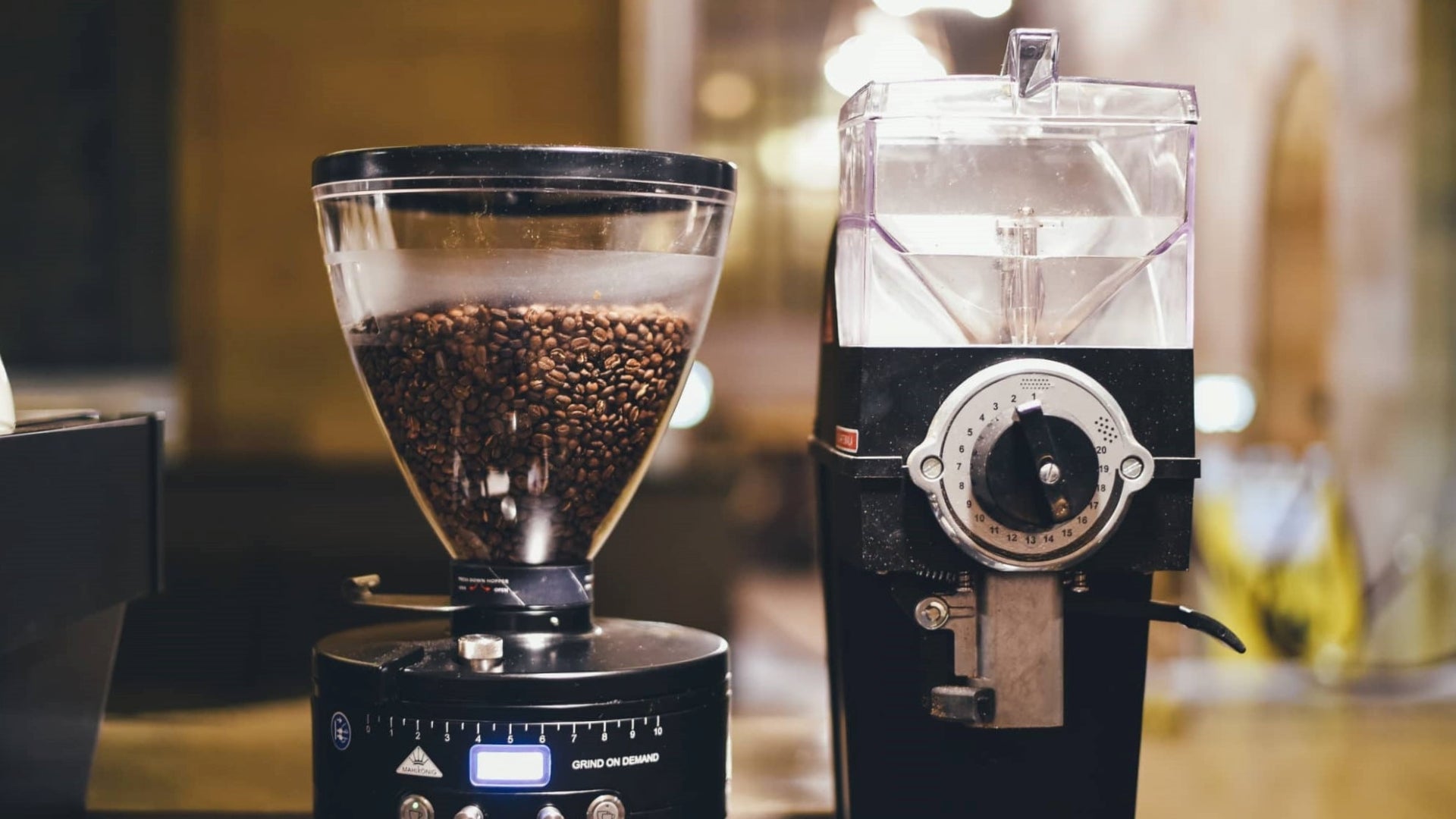
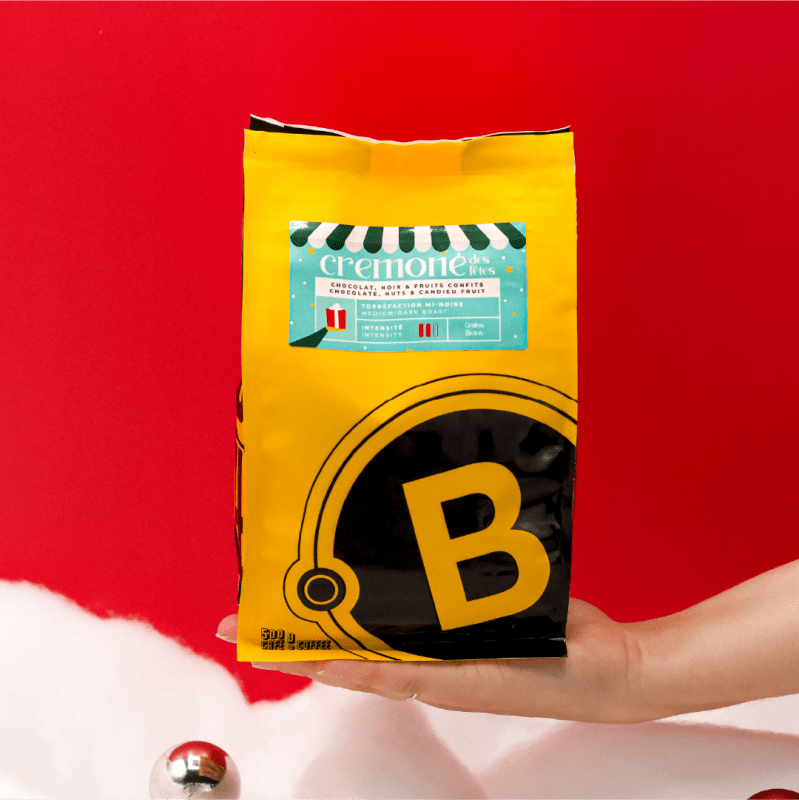



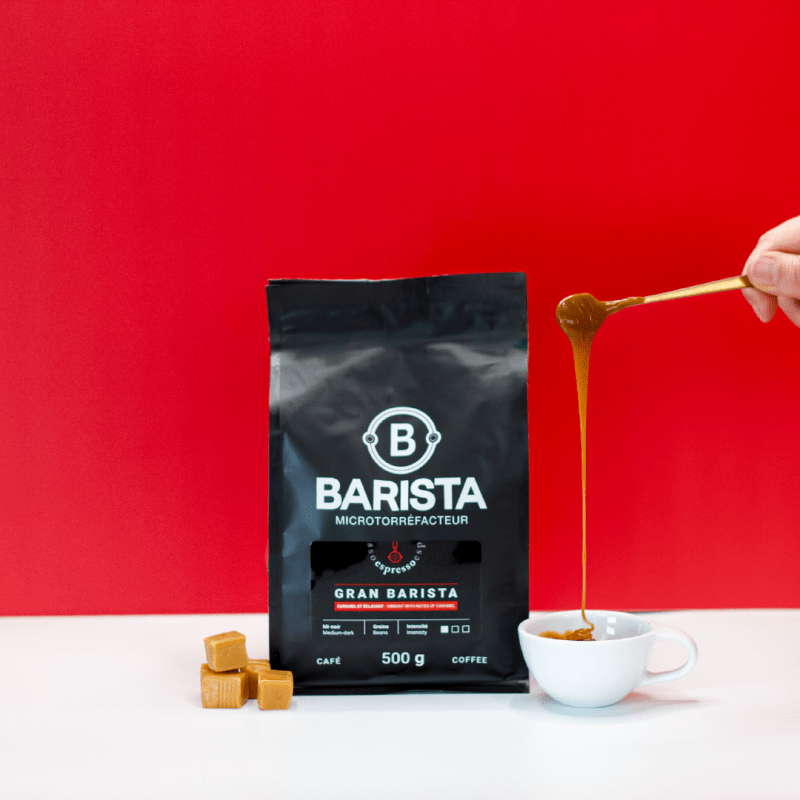
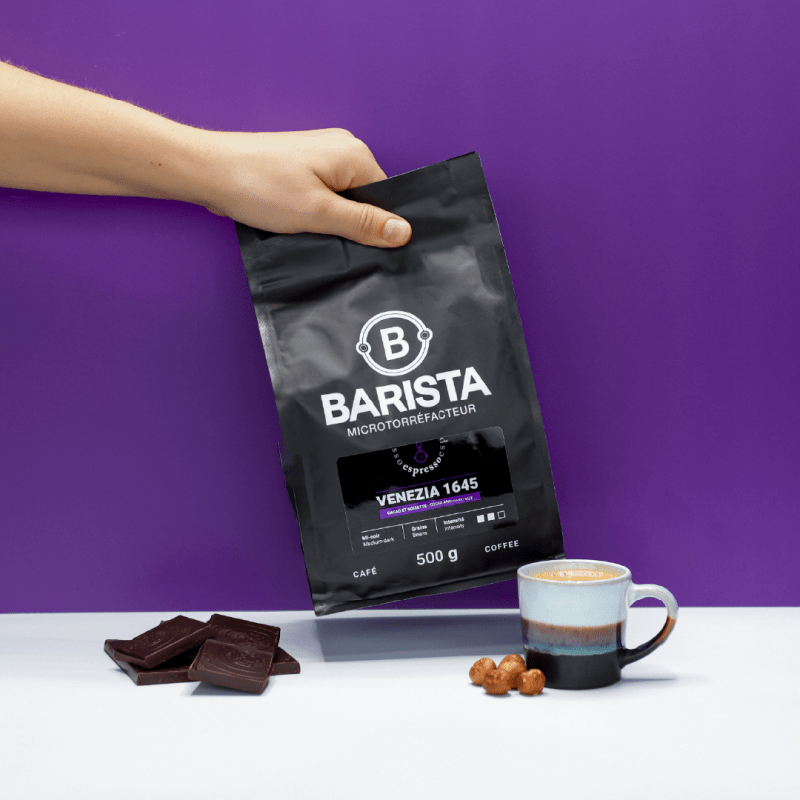

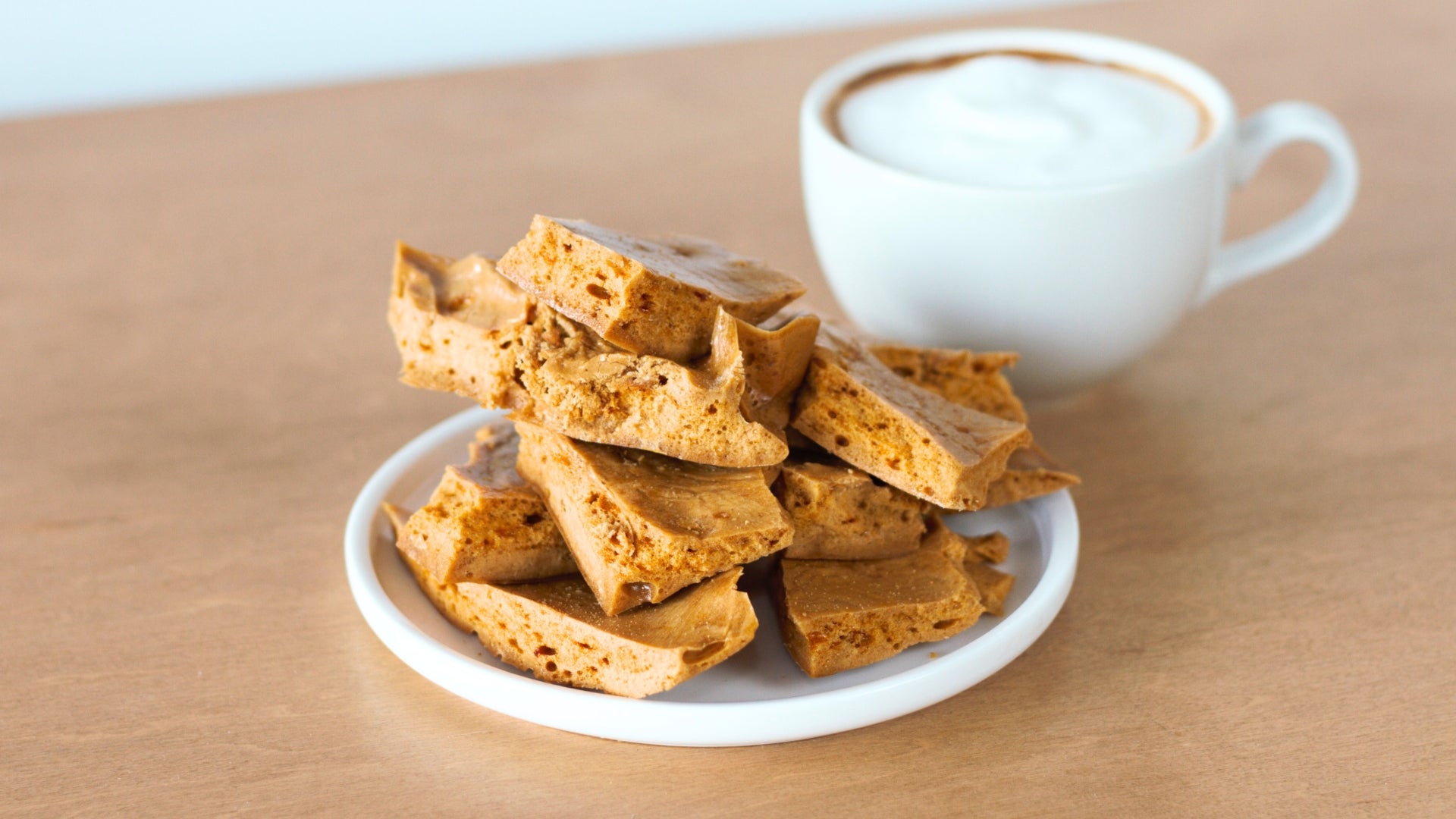
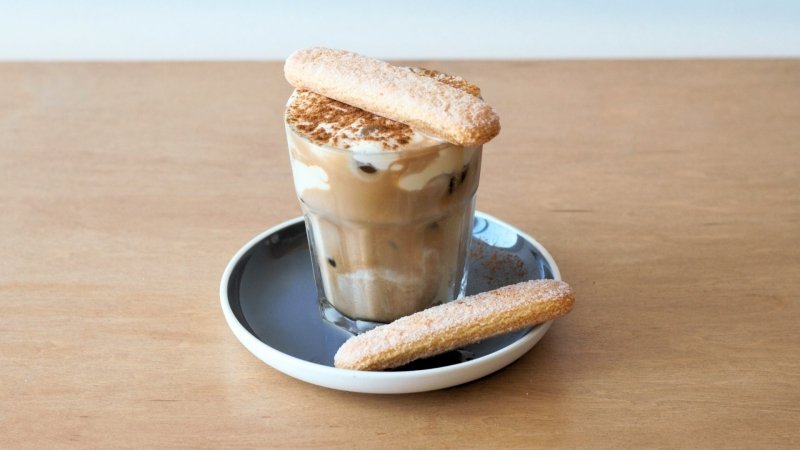
Share:
Espresso: What is it?
Decaf coffee: how it's made?